Table of Contents
Proteins are more than just important for the human body. They are the cornerstone of body cells and muscle fibres and play an important role in the recovery and regeneration of cells, muscles, internal organs and tissues. However, what is very important, they also support muscle growth processes.
The fact is that the body itself can produce proteins, but only if it has enough amino acids to do it. However, our body can’t create the amino acids alone and therefore we must obtain it through a diet. But for athletes, this is quite impossible and therefore they usually choose supplementation in the form of protein nutritional supplements.
Protein nutritional supplements offer a considerably high amount of protein, with the lowest possible concentration of fats and carbohydrates. However, there are many kinds of proteins on the market and it may be difficult to choose the best one. For this reason, we have written an article on how to choose a protein, to inform you how to choose the right protein on the basis of your fitness goal. In this article, however, we will look at a specific type of protein, namely a multi-component protein, which is probably the most widespread product on the market and may be more beneficial to you than a single whey protein, soy protein, or casein.
What is a multi-component protein?
A multi-component protein, as its name suggests, is a nutritional supplement that consists of several different protein sources in varying percentages. This is why this type of protein is also known as a universal protein. Its biggest advantage is that it combines the positive effects of all protein sources into one product. [1]
The benefits of multi-component protein
A multi-component protein typically contains proteins with high biological value as well as with a wide range of amino acids. It has a positive effect on the bones, supports muscle growth and helps maintain musculature. [1] [3]
Its advantages include good absorbability and usually affordable price. However, it can be more difficult to digest because all its components have different disintegration and absorption times. Most of its effects depend on the composition of the combined protein sources. Therefore, when selecting a multi-component protein, it is important to check the representation of the individual elements from which the positive effects of the multi-component protein are derived. [2] [3]
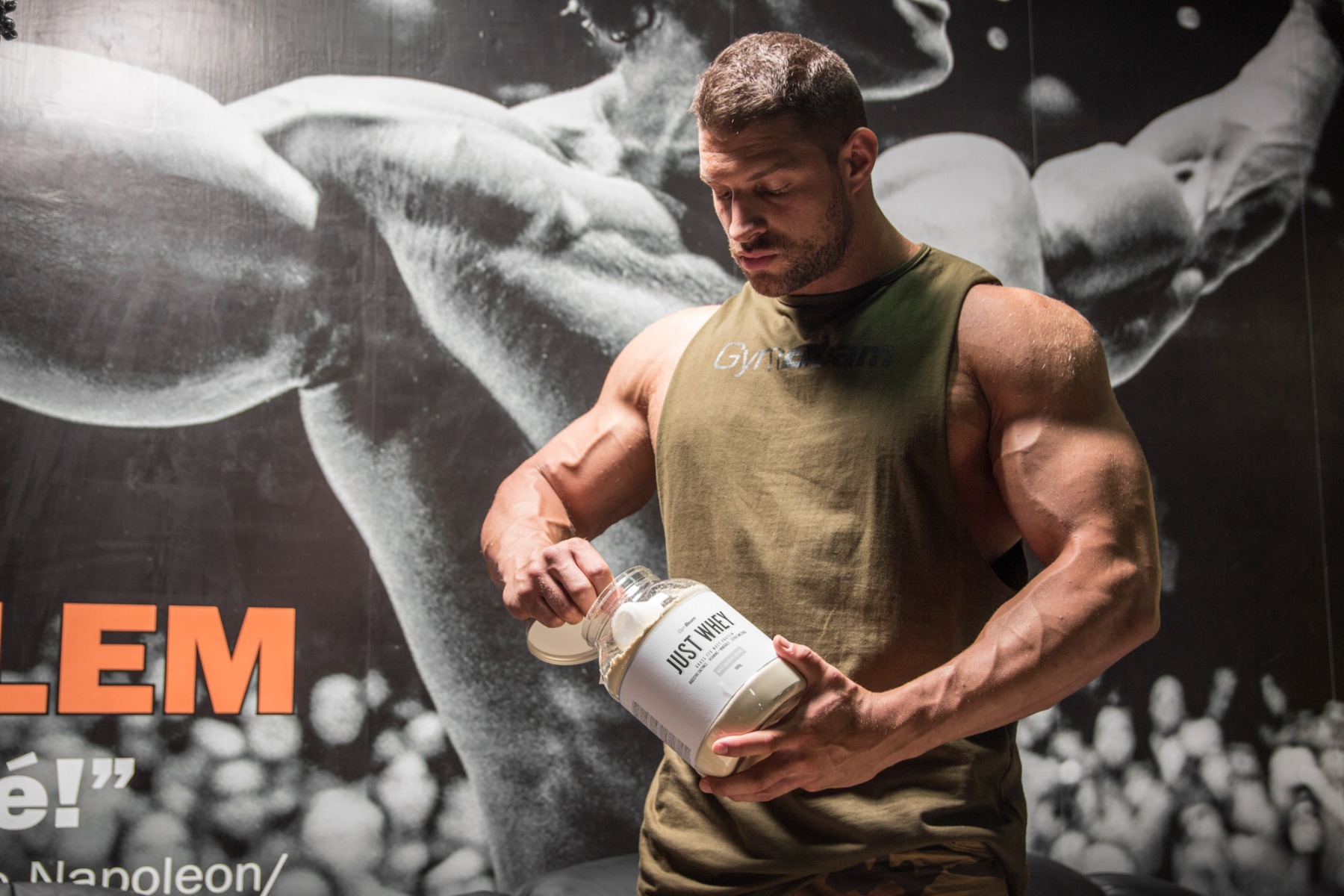
Composition of multi-component protein
As mentioned above, multi-component proteins consist of several types of proteins. It is a combination of whey, casein, egg, bovine or other proteins. Let’s imagine the 5 most common components of a universal protein.
Whey and casein are two kinds of proteins that come from milk. The addition of a precipitating agent separates the casein component, which constitutes 80% and 20% whey, which is a water-soluble part of the milk and has been considered a waste material for many years. Both whey and casein are excellent sources of protein. However, they have different characteristics and are handled differently by manufacturers. [3]
You might be interested in these products:
1. Whey Protein
The advantage of whey proteins is their rapid solubility compared to other types of protein. At the same time, whey supplies muscles with a large amount of amino acid L-cysteine, which can reduce the symptoms of ageing as well as diabetes. [3] Another component of whey protein is alpha-lactoglobulins, beta-lactoglobulins, immunoglobulins, BSA beef albumin and smaller components such as minerals – calcium, potassium, sodium, phosphorus, folic acid, biotin and vitamins A, C, B1, B2, B3, B5 and B12. [5]
Whey protein is composed of amino acids that the body uses for growth and regeneration of muscle tissues. Whey protein is also rich in BCAA amino acids, especially leucine, which stimulates protein synthesis in skeletal muscles. However, whey protein is an excellent and complex source of all 9 essential amino acids. [5] We distinguish three types of whey proteins and in the following paragraphs, we will discuss their differences.
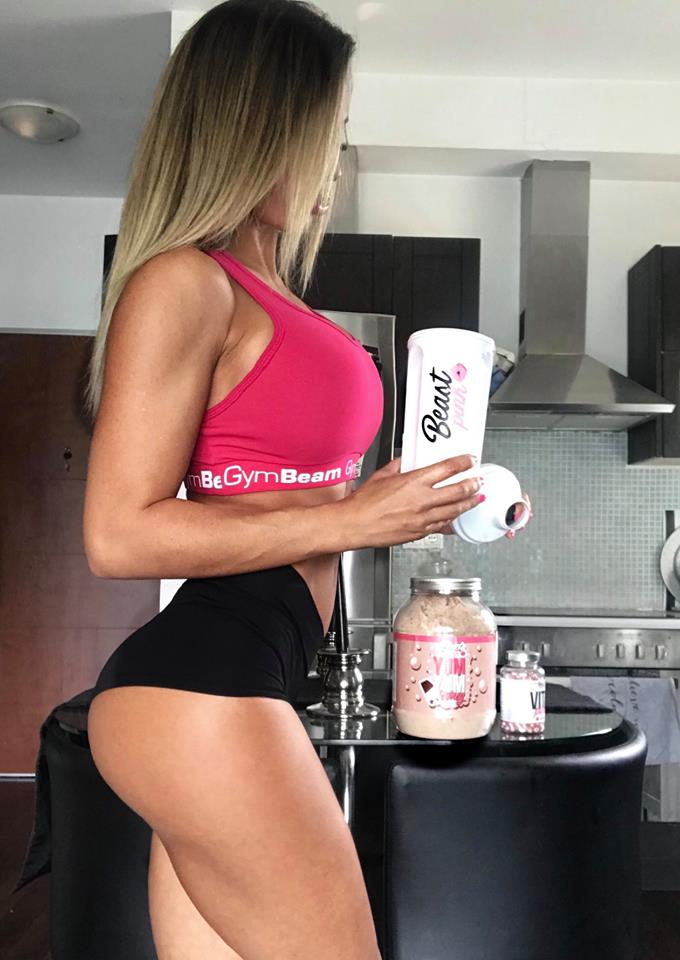
Whey Concentrate
Whey concentrate contains about 70 – 80% of protein, whilst it has the highest proportion of lactose, fats and carbohydrates from all whey proteins, which make up the remaining 20 – 30% of whey concentrate. [5]
Although the whey concentrate contains fewer proteins per dose than whey isolate, it may contain more quality milk ingredients. Honest whey concentrate contains higher doses of growth factors, phospholipids, as well as conjugated linoleic acid CLA, which stimulates fat breakdown and increases the percentage of muscle mass. [5]
Whey Isolate
The whey isolate is free of almost all lactose, fats and carbohydrates and therefore contains 90 to 95% of protein. It is one of the fastest absorbing proteins and is suitable for people who are on a low-carbohydrate diet and are trying to reduce body weight.
Whey isolate is a good pre or post-workout protein that can supplement the nutrients that muscles need for sufficient regeneration. [6]
Whey Hydrolyzate
Whey hydrolyzate is the best quality whey protein, which is also reflected in its price. Therefore, it is a great advantage if your multi-component protein contains whey hydrolyzate. It will probably cost less than a single hydrolyzate, but it will give you its benefits. These include especially super-fast absorption, within one hour from the usage, which is provided by the composition of the hydrolyzate. [5] [6]
It contains enzymatically pre-digested amino acids that are easily digestible and well soluble. It has a protein content of more than 90% and contains only a minimum amount of fat, carbohydrates and lactose. [6]
2. Casein
Casein, as mentioned above, is a protein derived from milk. However, compared to whey protein, casein contains less BCAA and more amino acids, such as histidine, methionine and phenylalanine. In its composition we also can find a few bioactive peptides that support immunity and digestive system, and also have a positive effect on lowering blood pressure. Casein is rich in minerals, such as iron and calcium, which affect the growth of strength and strong and healthy bones. [8] [9]
Casein is also known as night protein because it is an excellent nutritional supplement before sleep. As it is absorbed slowly (around 5-7 hours), it provides the body with enough protein throughout the night, and as you know, muscles do not grow in the gym but during the process of regeneration. Another advantage of casein is that it contains a lot of glutamine, which both promotes regeneration and muscle building. [6] You can read about all the effects of glutamine in the article.
Research confirms that the ideal choice is to combine the effects of whey protein and casein, which is offered by a multi-component protein. The survey which tested a group of men confirmed the benefits of consuming a mixture of whey protein with casein. The men in the survey consumed the multi-component mixture an hour before training and immediately after training. The research lasted 10 weeks and the result was that the combination of casein and whey protein led to a greater increase in muscle mass, strength and anabolic hormones. [10] Another study also confirmed the effects of casein together with whey for better muscle size growth and greater muscle tissue volume. [11]
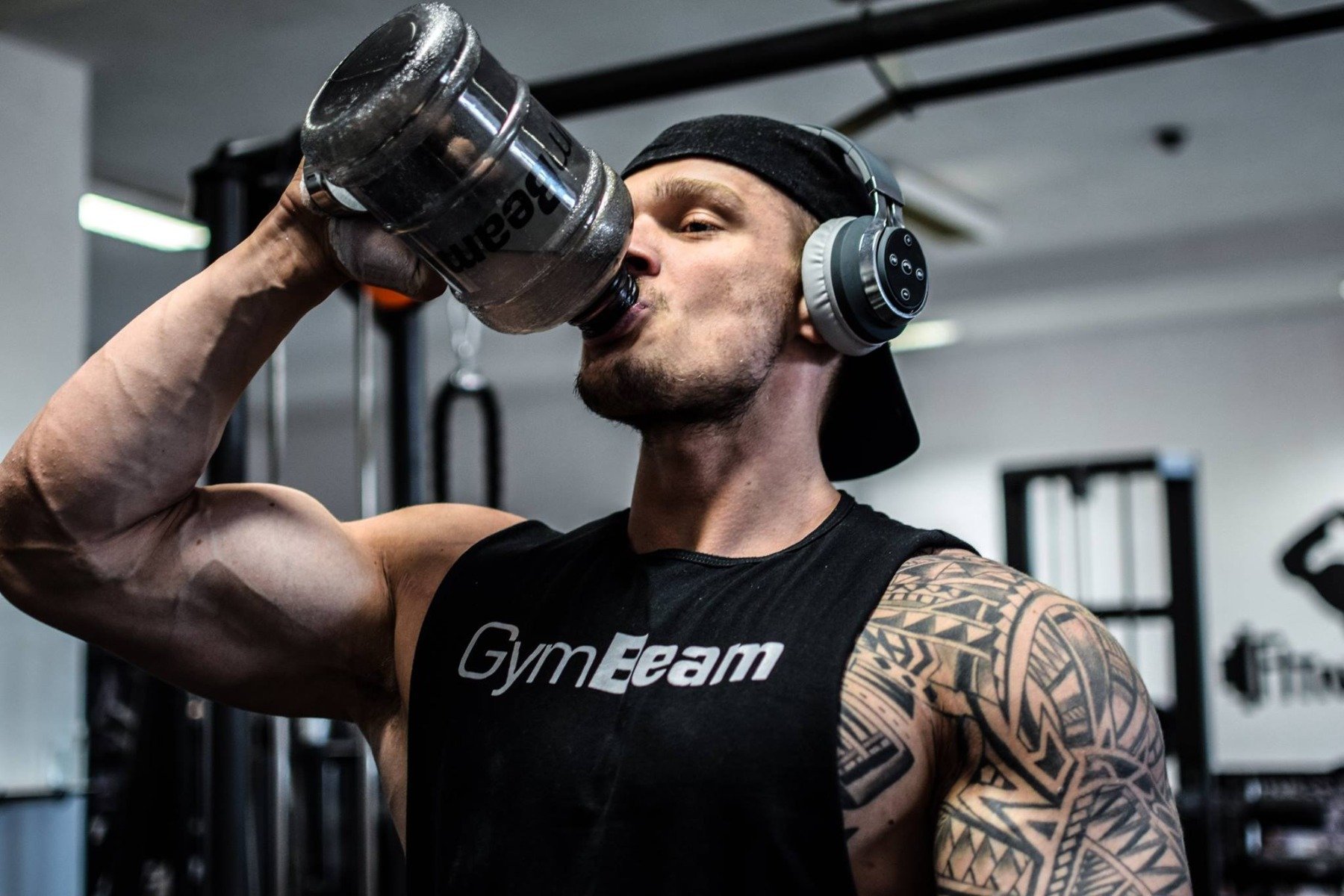
3. Soy Protein
Soy protein is one of the plant proteins and is usually prefered by vegans who do not ingest milk protein. However, soy protein is as effective as proteins from animal sources. Soy is the only plant-based source that contains all the essential amino acids as well as BCAA. At the same time, soy protein is full of glutamine, which speeds up muscle regeneration, as well as arginine, which helps expand blood vessels so that nutrition can get directly into the muscles. Read more about the effects of arginine in the article. [12] [13]
One of the advantages of soy is that it promotes healthy cholesterol levels due to the isoflavones found in it. At the same time, it increases thyroid hormone production, helping to speed up metabolism, which in turn leads to increased fat reduction. [13]
Soy protein isolate is a form in which soy protein is marketed as a protein. It is produced by processing the concentrate to remove most of the fats, carbohydrates, and other factors that may cause flatulence. [13] As a result, soy protein is well split and is therefore rapidly absorbed. Soy isolate should be taken before and after training or at any time during the day to supplement protein. It is not suitable as a night protein because it is rapidly absorbed. [6]
Let’s also look at what experts say. One study says that soy is a lower quality source for rapid protein synthesis than whey protein, but a better source of protein synthesis than casein. This means that the effect of soy protein on protein synthesis is somewhere between whey protein and casein. Research has concluded that this is due to the level of digestion or leucine content. [14] But don’t be discouraged by it! Indeed, soy protein in combination with milk protein has proven to be the best choice for muscle mass growth. This has been confirmed by research that says that soy isolate in combination with milk proteins yield far better results in protein synthesis than whey, casein or soy protein alone. [15]
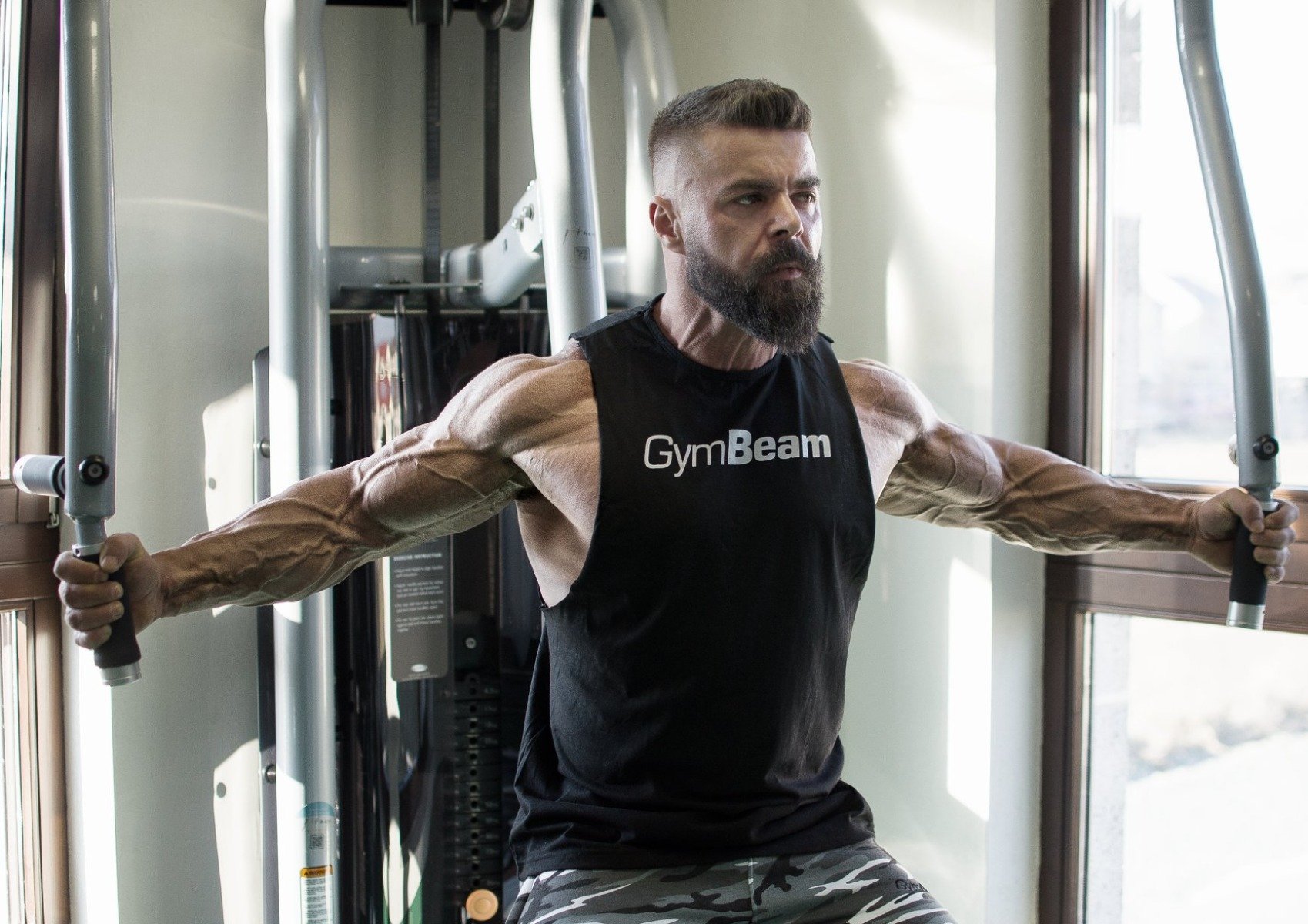
4. Beef Protein
The beef protein is derived from beef from which fats and cholesterol are removed. It is a quality source of BCAA amino acids and creatine, which helps increase energy in muscles and supports muscle growth. Beef proteins are very important in the nutrition of athletes and especially strength athletes, mainly because of the high content of iron and B vitamins. These substances contribute to better use of energy and nutrients. [16]
In terms of usability and digestibility, this protein stands at the very top of all protein sources, meaning that it flows into muscle cells without any loss. It does not burden the digestive system and the entire digestion time is minimized. From this point of view, this protein source is suitable for people who want to include a very high amount of high-quality proteins in their diet, as well as for anyone who has difficulties with digesting the proteins contained in common protein supplements. It is suitable as a breakfast protein or as a pre- and post-workout protein. [16] [17]
A beef protein isolate is a form of supplement that is sought after by athletes especially before the competition, when the body produces less testosterone, which significantly affects the maintenance of muscle mass and strength. This is also confirmed by a study that has shown that beef protein can stimulate a significant increase in muscle protein synthesis. [18]
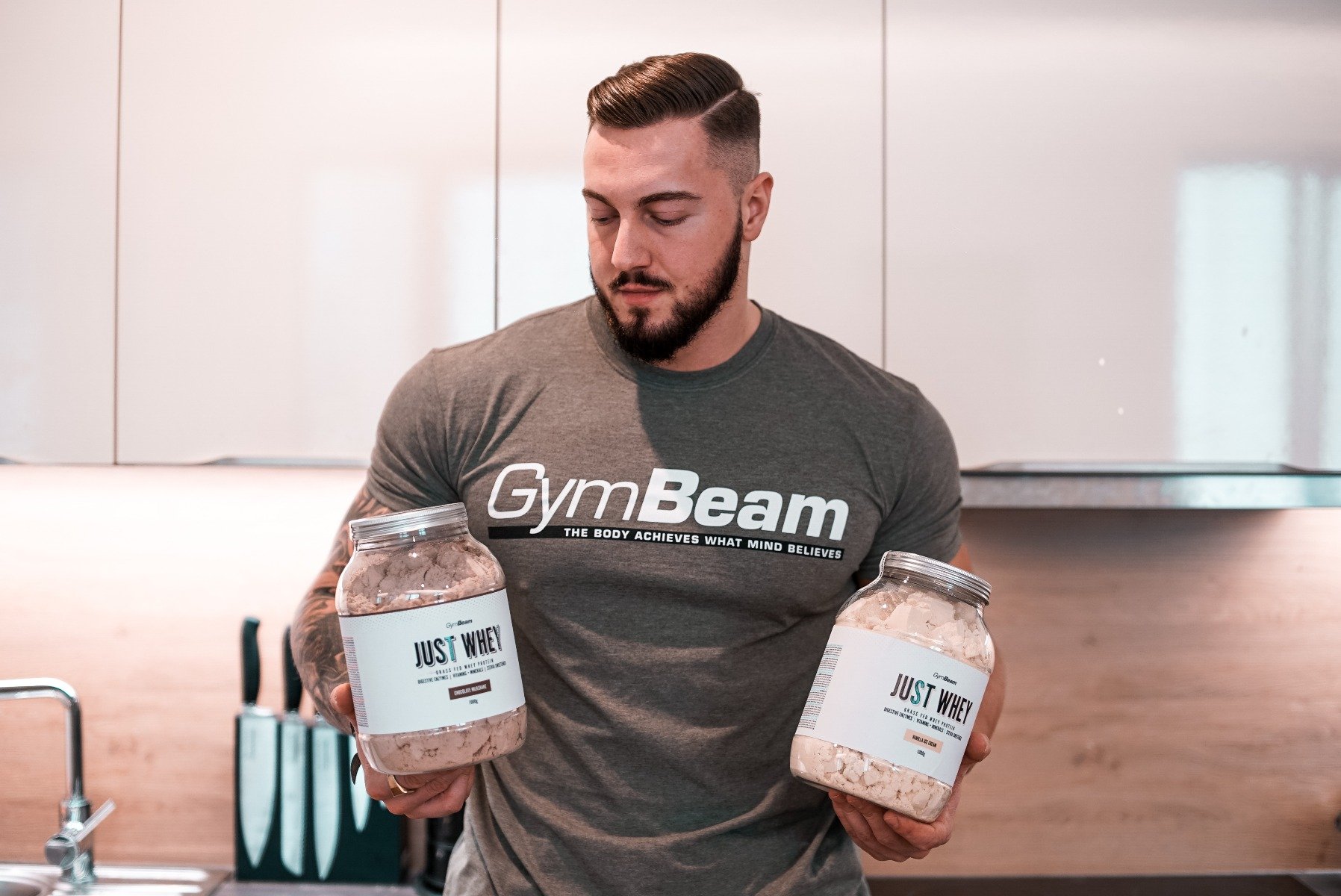
5. Egg Protein or Egg Albumin
Egg whites are an excellent source of albumin and thus a great source of an important protein component. Of all food, eggs are the most ideal source of high-quality fast-disintegrating proteins. They have an excellent amino acid profile that supports muscle building. [6]
Eggs are an animal product and are therefore a complex source of protein containing all the essential amino acids that the body cannot create on its own. In addition, the egg protein is second in order, after the whey protein, in terms of leucine content. Leucine is an amino acid with a branched-chain BCAA and significantly promotes muscle health. [19]
Egg protein or Egg Albumin is suitable for people who have difficulties with digesting milk protein or have allergies to dairy products. At the same time, many multi-component proteins contain the egg albumin because of its positive properties and because it can be consumed at any time of the day. [6]
Who is a multi-component protein for?
A multi-component protein is suitable for all people who are actively engaged in sports, in any exercise, bodybuilding or who are simply physically engaged. Just like the other types of proteins, it helps in the recovery of tired and stressed muscles, optimizes nutrient supply to cells, prevents catabolism, it means it prevents the loss of active muscle mass, but also promotes the formation and growth of muscle mass. These multi-component protein functions are sought after by all athletes without exception.

When should I use a multi-component protein?
The multi-component proteins can be consumed throughout the whole day. They can be used even during weight-reducing diets because they contain a minimum of carbohydrates and fats. Because they are composed of different protein sources in different percentages, multi-component proteins are universal. This means you can have them in the morning, before, after training or even at bedtime. At the same time, they are often enriched with other amino acids, vitamins and minerals, which are useful for filling nutritional gaps and promoting the overall health of the organism.
An optimal daily dosage of multi-component protein
The daily dosage of protein depends on both, your fitness goals and your weight. However, it starts with a portion of 0.8 grams of protein per kilogram of weight. But for most people, this is not enough and especially athletes need to take higher doses of protein.
If your goal is muscle growth and you are actively exercising, the daily dosage of multi-component protein should be around 1.4-3.3 g/kg of weight, to reduce weight while regularly training you need to take 2.2-3.3 g/kg of weight. We recommend you to consume about 20 to 25 grams of multi-component protein per serving. [20] [21] Read more about protein dosing in the article on proper timing and optimal protein dosage.
Theories and researches root for the combinations of different types of protein, but we are interested in your opinion. What is your experience with multi-component protein? Write us what effects of the multi-component protein you have observed on yourself and what suits you better, whether multi-component or single-component protein. If you find this article helpful, we would be glad if you could support it by sharing.
[1] Multi Component Protein – https://www.body-attack.com/protein-multi-component.html
[2] Whey Protein Types – http://wheyproteininstitute.org/facts/wheyproteintypes
[3] Whey Protein – https://examine.com/supplements/whey-protein/
[4] Hugo Rivera - Everything you need to know about different protein supplements! – https://www.bodybuilding.com/fun/all_about_protein.htm
[5] Krissy Kendall - Your Expert Guide To Whey Protein – https://www.bodybuilding.com/content/your-expert-guide-to-whey-protein.html
[6] Matt Welk - What type of protein is best for you? 7 forms get broken down! – https://www.bodybuilding.com/content/protein-types-best-for-you.html
[7] Gavin Van De Walle - What´s the difference between casein and whey protein? – https://www.healthline.com/nutrition/casein-vs-whey
[8] Agnes A. Fekete, D. Ian Givens, Julie A. Lovegrove - Casein-Derived Lactotripeptides Reduce Systolic and DIastolic Blood Pressure in a Meta-Analysis of Randomised Clinical Trials – https://www.ncbi.nlm.nih.gov/pmc/articles/PMC4303860/
[9] D. P. Mohanty, S. Mohapatra, S. Misra, P. S. Sauh - Milk derived bioactive peptides and their impact on human health – https://www.ncbi.nlm.nih.gov/pmc/articles/PMC4992109/
[10] Willoughby DS, Stout JR, Willborn CD - Effects of resistance training and protein plus amio acid supplementation on muscle anabolism, mass, and strength. – https://www.ncbi.nlm.nih.gov/pubmed/16988909
[11] Andersen LL, Tufekovic G, Zebis MK, Crameri RM, Verlaan G, Kjaer M, Suetta C, Magnusson P, Aagaard P - The effect of resistance training combined with timed ingestion of protein on muscle fiber size and muscle strength. – https://www.ncbi.nlm.nih.gov/pubmed/15690307
[12] Protein shakes: Do you need them? – https://www.webmd.com/diet/protein-shakes
[13] Amy Goodson - Soy protein: Good or bad? – https://www.healthline.com/nutrition/soy-protein-good-or-bad
[14] Tang JE, Moore DR, Kujbida GW, Tarnopolsky MA, Phillips SM - Ingestion of whey hydrolysate, casein, or soy protein isolate: effects on mixed muscle protein synthesis at rest and following resistance exercise in young men. – https://www.ncbi.nlm.nih.gov/pubmed/19589961
[15] DN Butteiger, M Cope, P Liu, R Mukherjea, E Volpi, BB Rasmussen, ES Krul - A soy, whey and caseinate blend extends postprandial skeletal muscle potein synthesis – https://www.ncbi.nlm.nih.gov/pmc/articles/PMC4164044/
[16] Roger Lockbridge - 47 things you must know about protein – https://www.bodybuilding.com/fun/which-protein-will-help-you.html
[17] Chad Kerksick - Beef protein vs. whey protein - which is better? – https://www.prosource.net/blogs/blog-1/beef-protein-vs-whey-protein-which-is-better
[18] Symons TB, Schutzler SE, Cocke TL, Chinkes DL, Wolfe RR,, Paddon-Jones D. - Aging does not impair the anabolic response to a protein-rich meal. – https://www.ncbi.nlm.nih.gov/pubmed/17684218
[19] Donald K Layman, Nancy Rodriguez - Egg Protein as a source of protein, strenght and energy – https://www.researchgate.net/publication/232241300
[20] Sciences engineering medicine - Protein and Amino Acids – https://www.nap.edu/read/10490/chapter/1
[21] How much protein do you need per day? – https://examine.com/nutrition/how-much-protein-do-you-need/


Add a comment